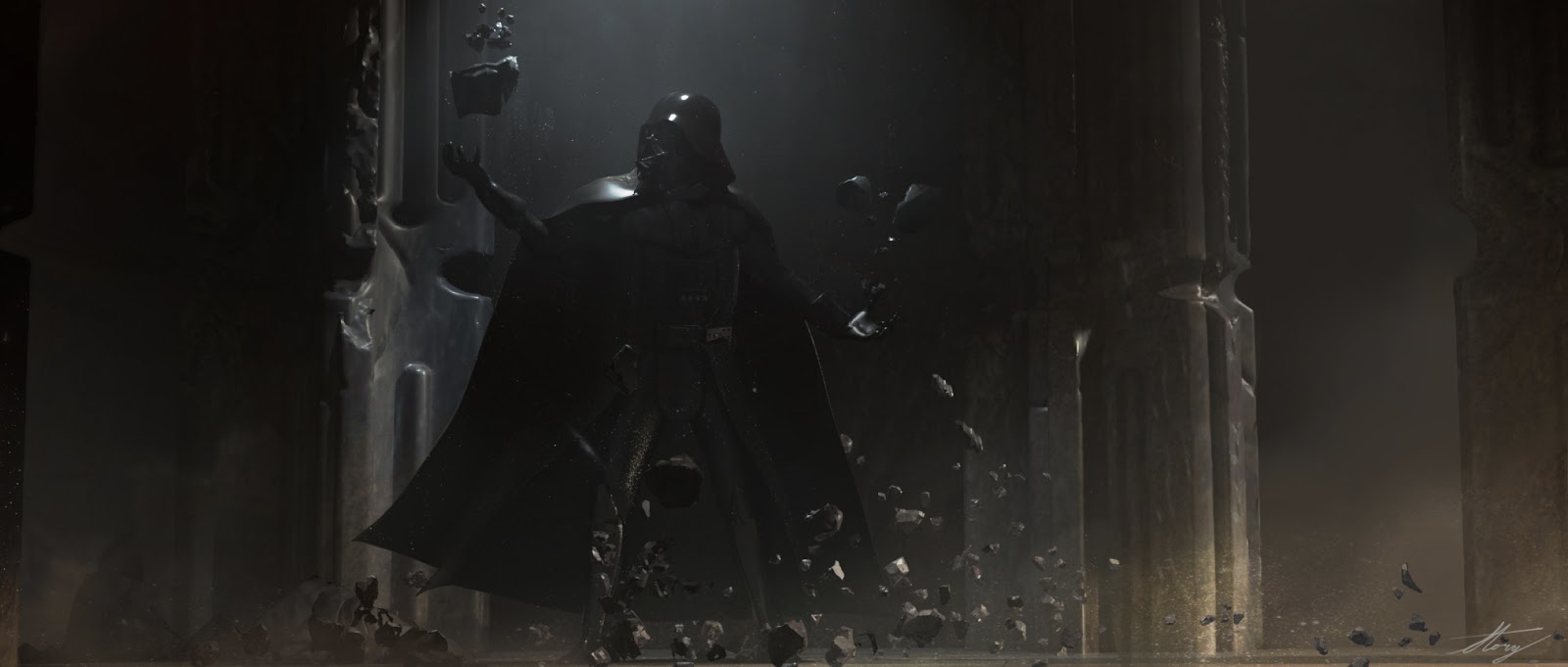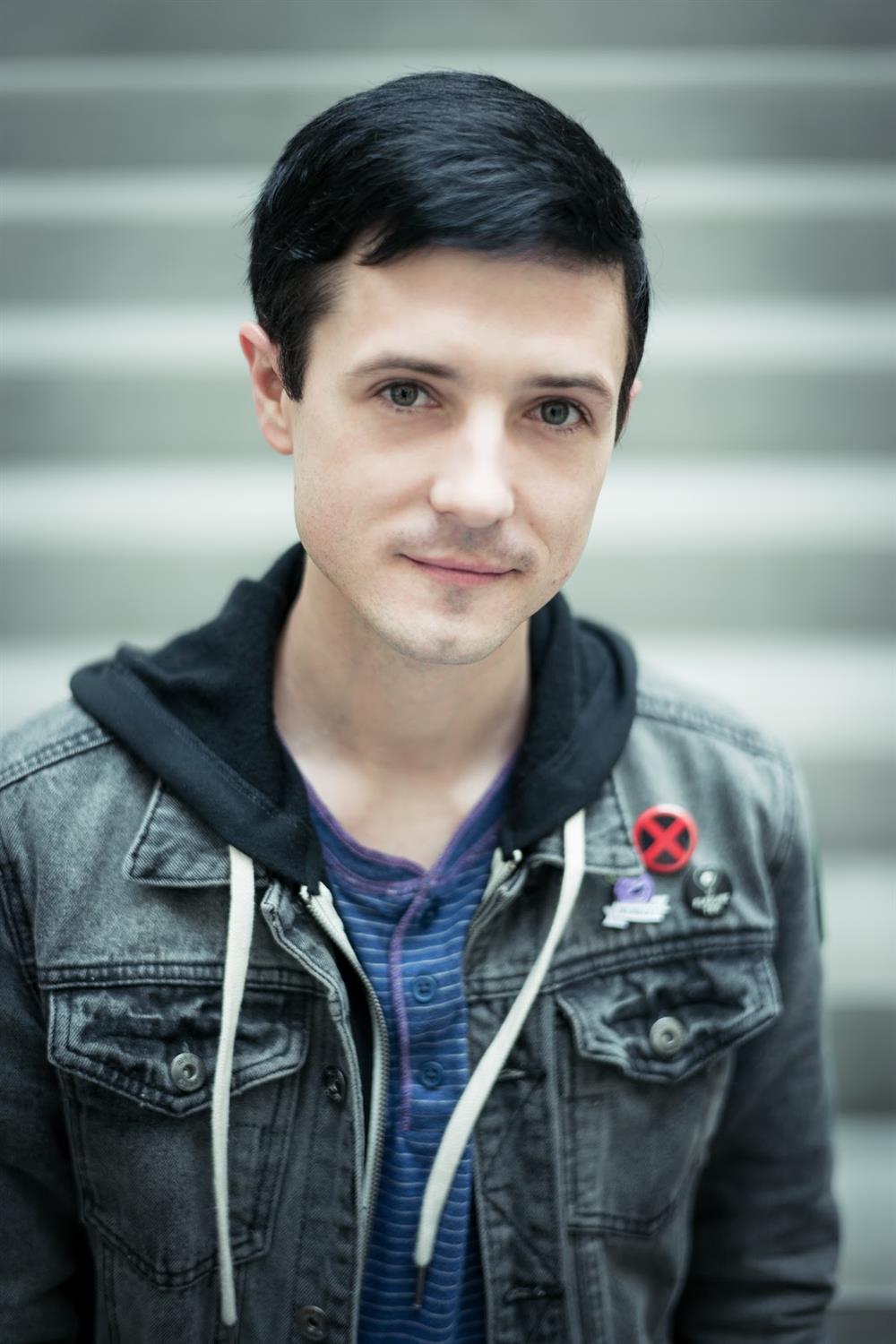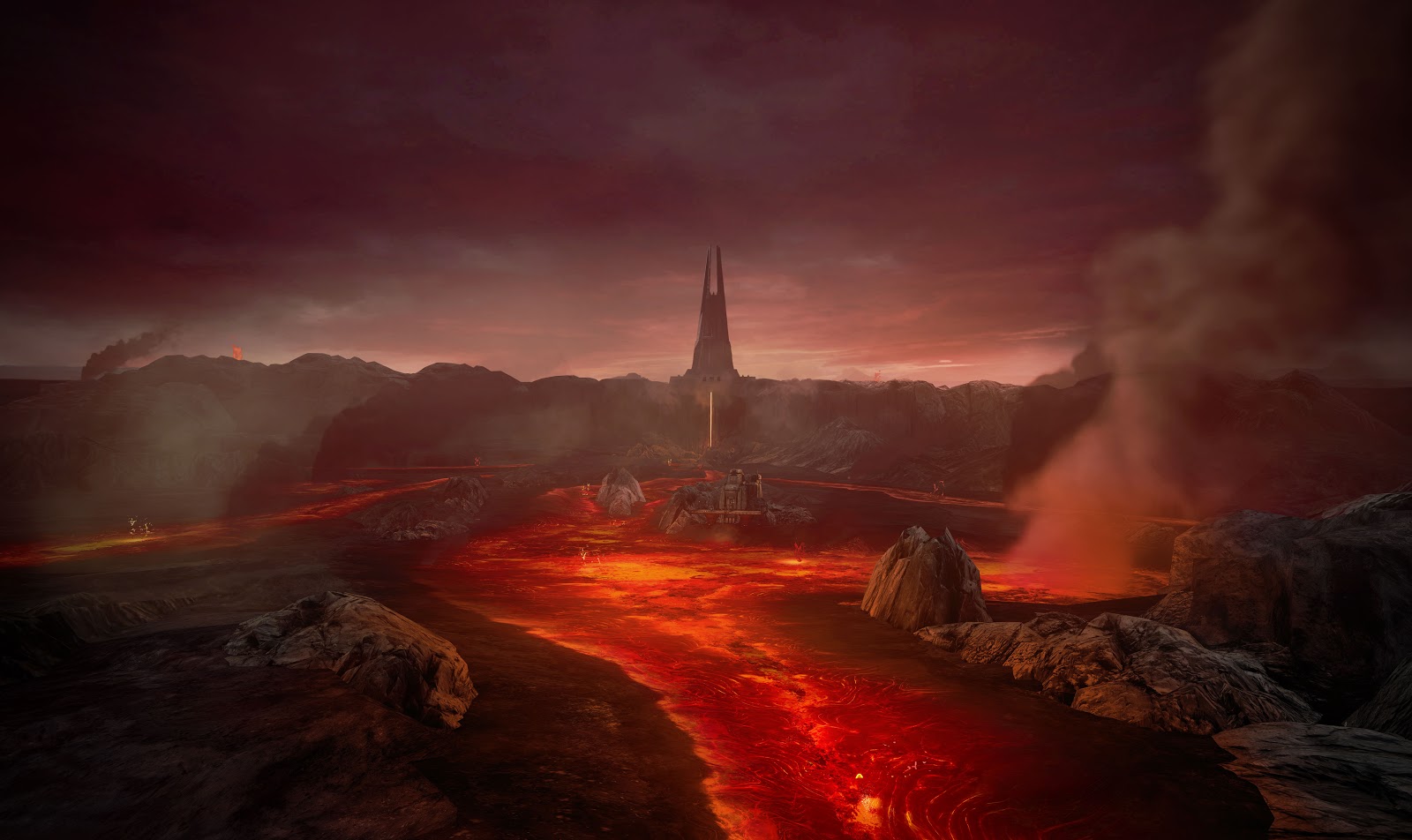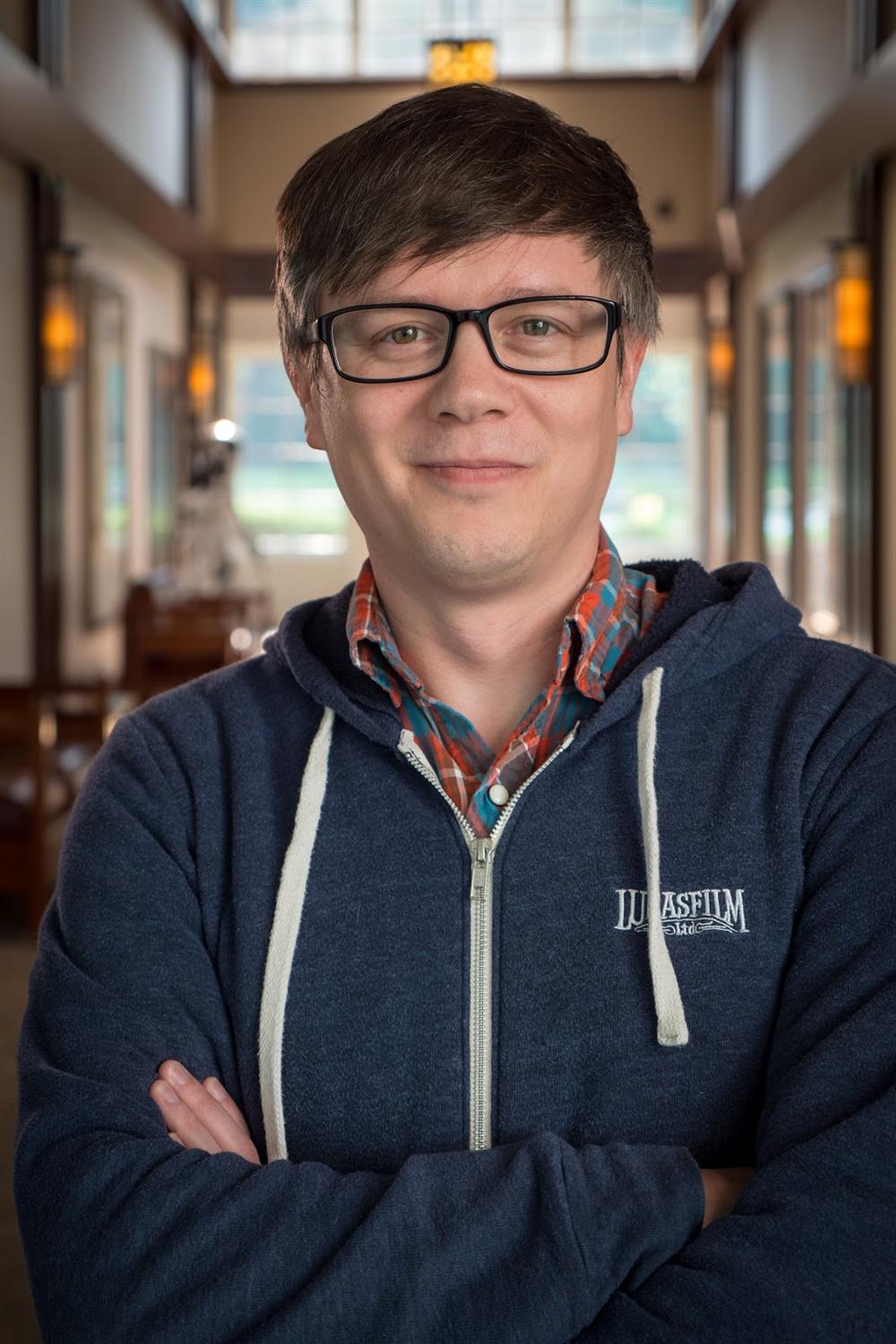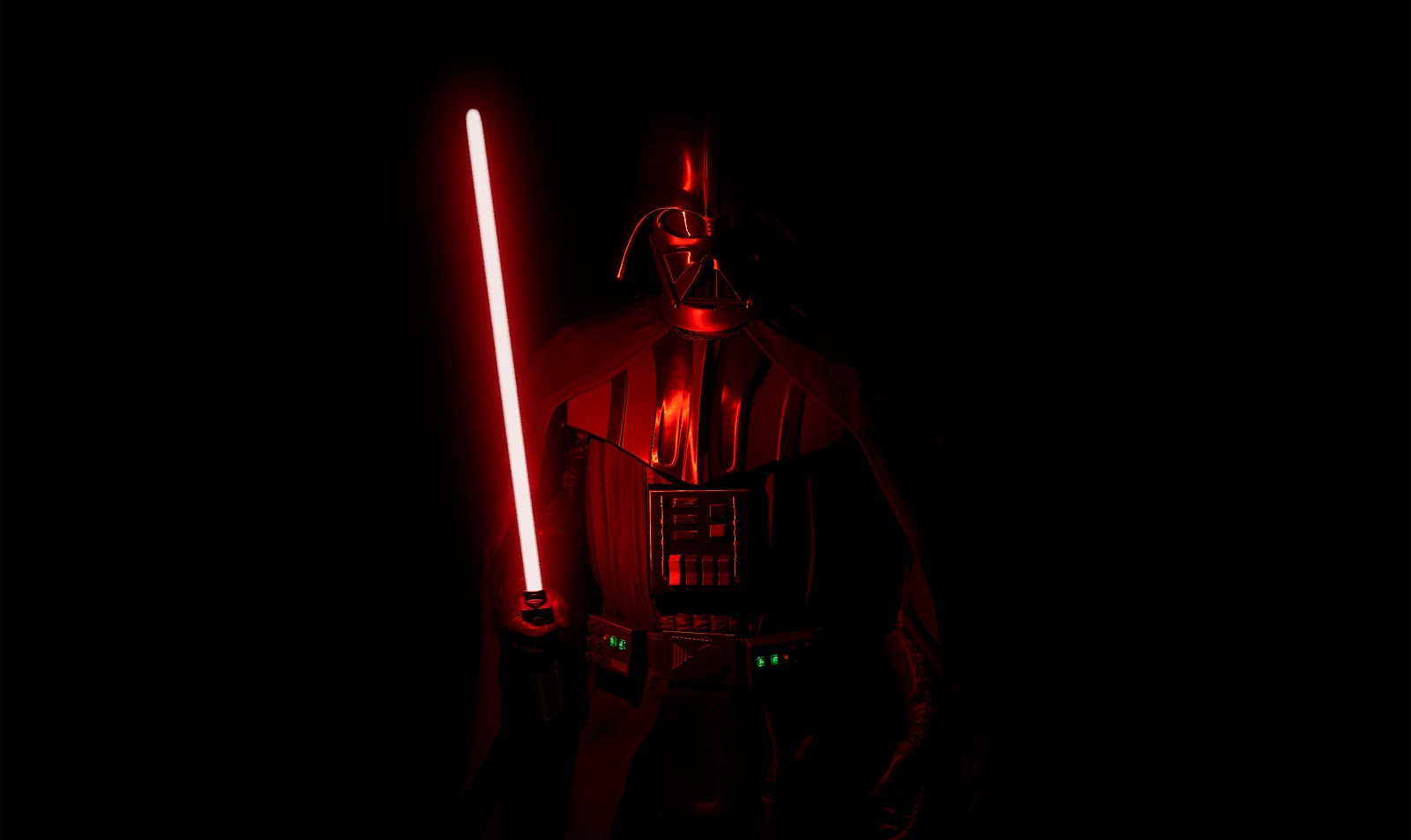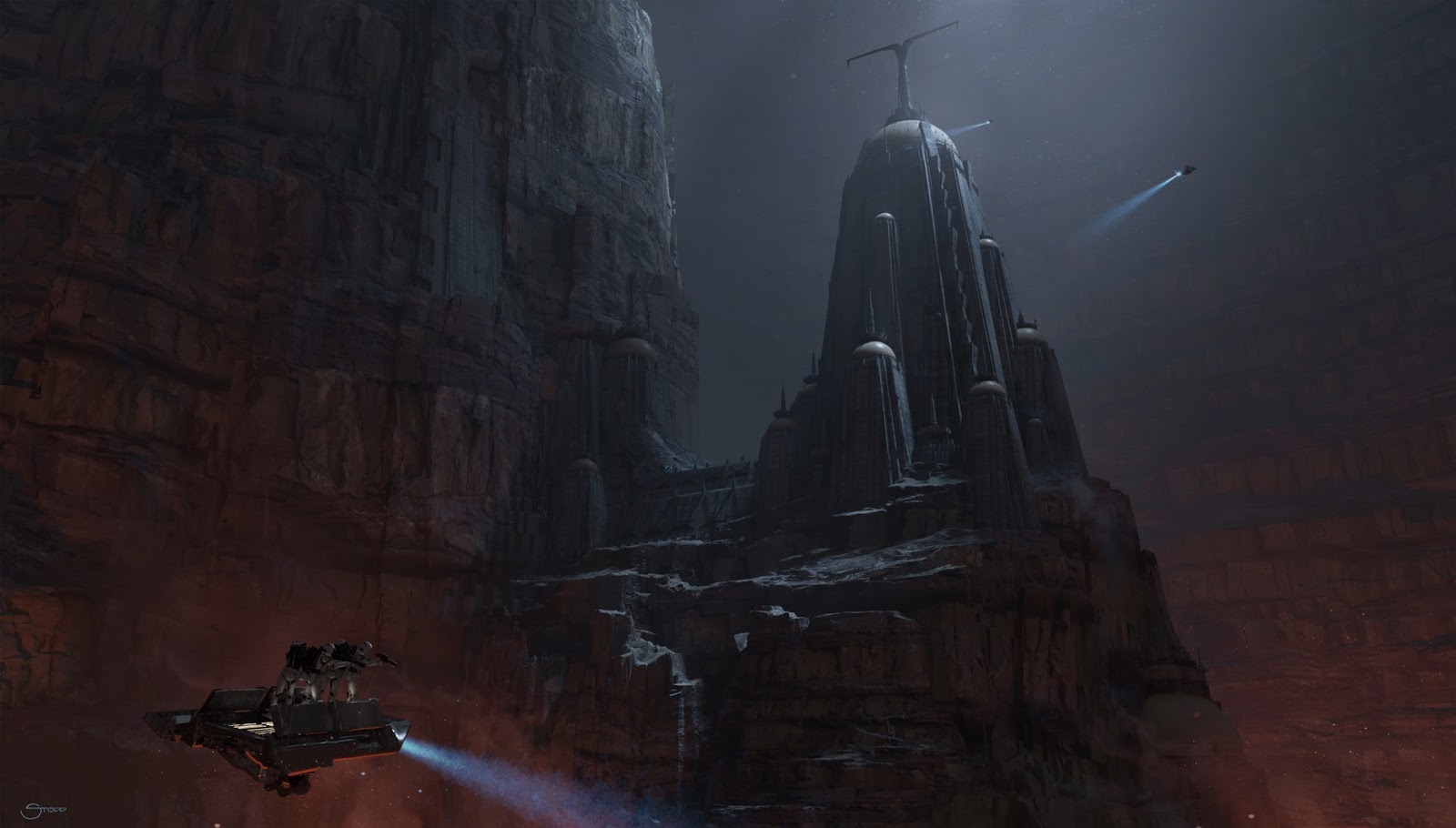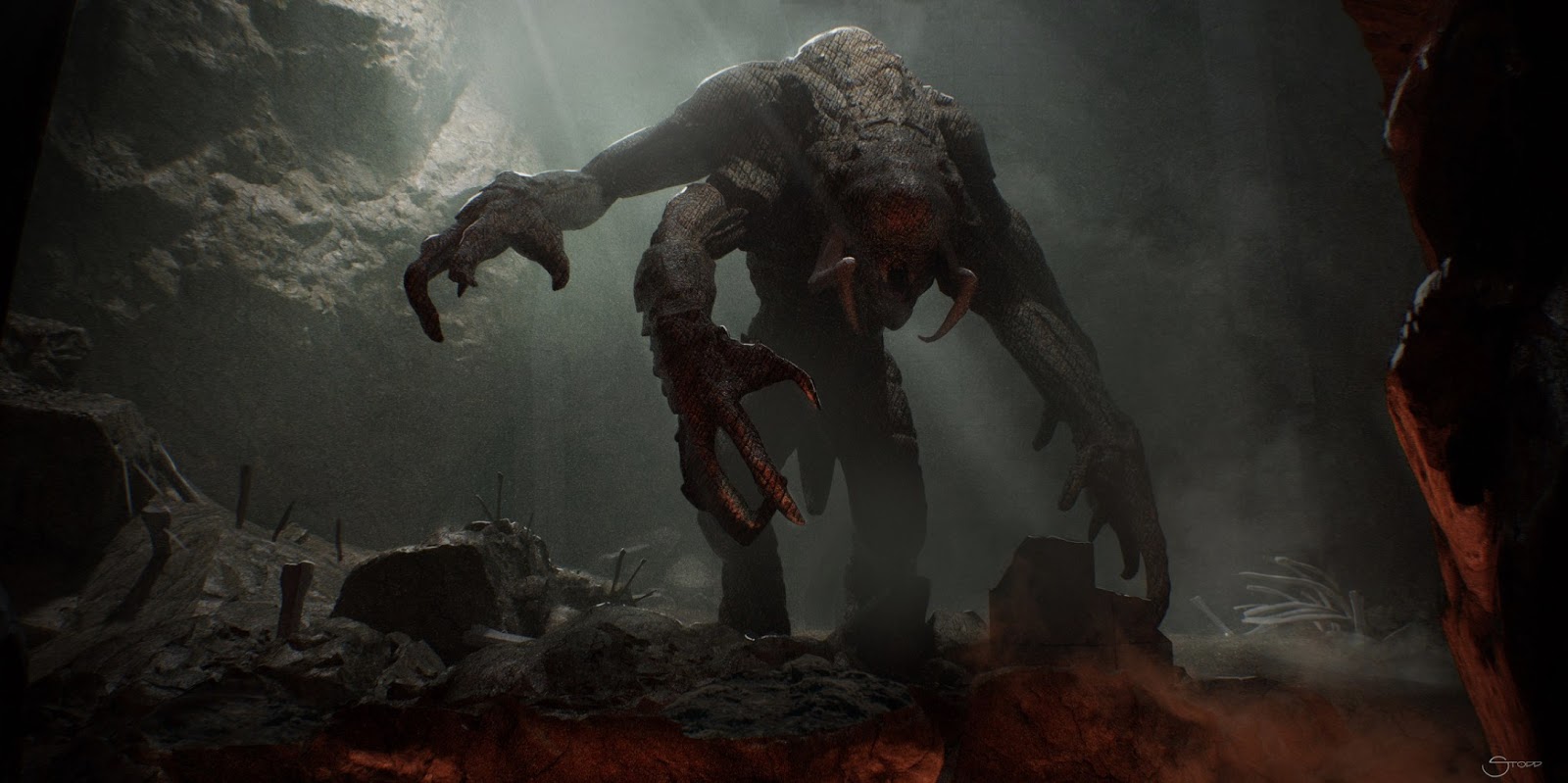Interview – “Star Wars: Vader Immortal” Creative Team Talks Episode II of the VR Experience at D23 Expo 2019
A couple years ago, Lucasfilm’s immersive entertainment division ILMxLAB teamed up with high-tech company The Void to bring fans across the globe the astounding and acclaimed “hyper-reality” experience Star Wars: Secrets of the Empire. And this year, ILMxLAB partnered with Oculus to deliver the next-generation Virtual Reality software Vader Immortal: A Star Wars VR Series to home VR consoles.
When Vader Immortal: A Star Wars VR Series Episode I became available in May, it was met with widespread praise from fans for expanding upon the Star Wars mythology and allowing users to come face-to-face with the Dark Lord of the Sith himself, not to mention its incredibly fun lightsaber training dojo. Now, the creative team behind Vader Immortal is preparing for Episode II.
At D23 Expo 2019 this past weekend in Anaheim, California, I had the wonderful opportunity to sit down with Lucasfilm Story Group creative executive Matt Martin, ILMxLAB’s creative development and experience design supervisor Jose Perez III, and Vader Immortal director Ben Snow to discuss the upcoming second episode of this groundbreaking VR series, which was previewed during a panel at the Disney-centric convention.
Mike Celestino, Laughing Place: Matt, I want to start with you because I feel like a lot of people have been curious what exactly the Story Group does, so while I have you here…
Matt Martin: I’ll do the best I can. I’m not going to get into the inner workings of it, but the idea is that we work across various mediums to try to keep Star Wars as interconnected as possible. We work, in a way, like traditional film development, only we’re doing it across all kinds of different platforms. We have a team of people, and there’s some people like Pablo [Hidalgo], Leland [Chee], Emily [Shkoukani], and myself that are all a little bit more on the continuity side of things, and then we have other people that do more traditional development. It’s kind of all over the place, but in the end we’re kind of the central Star Wars hub for anybody at Lucasfilm that needs Star Wars info or direction.
LP: Speaking of interconnectivity, can you tell me the origins of Darth Vader’s castle (AKA Fortress Vader) and how that became such a prominent location in recent Star Wars movies, comics, and now these VR experiences?
Martin: Well, it started in the late 70s / early 80s, because George [Lucas] had the concept of Vader having a castle, and there were various Ralph McQuarrie designs-- one on a snowy planet, one in a lava environment, but it didn’t really get too far in the development beyond the art phase. Until Rogue One came along, and that was really where we decided we’re gonna go there. ‘We’re gonna visit Vader’s castle.’ And as soon as that became a thing within Rogue One, while that was in development, it started being discussed as [a location for] VR.
Ben Snow: ‘We want to look around that place. We want to explore it.’
Jose Perez III: The Ultimate Haunted House.
LP: In Secrets of the Empire we got to use an Imperial Stormtrooper blaster, and in Vader Immortal we wield a lightsaber. Were those two VR experiences meant to complement each other in that way?
Snow: Lightsabers were always a part of what we wanted to do with Vader Immortal, and actually we had been experimenting with the projects that led to Vader Immortal before we did Secrets of the Empire. We were still developing how we were going to do [lightsabers], and Secrets allowed us to explore other stuff.
Martin: The two [titles] sort of play to the tech that they’re working with. With Secrets, you have a four-person team. It would be weird for four people to all be wielding lightsabers, especially when they have to swing them around.
Perez: And just straight-up dangerous. You’d have people with, what, Nerf swords or something in there?
Martin: Exactly. So it was natural to be able to hold a blaster. But in Vader Immortal, where it’s a much smaller, personal experience, the first thing we wanted was to be able to use a lightsaber.
Snow: It fits better.
Perez: If you think about a VR weapon, you think a VR sword would be really cool. Well, then you have problems, because if it hits something it would bend weird. As as soon as you get into the lightsaber thing, it’s actually one of the best mechanics you can have for VR, for a lot of different reasons. You don’t have to have that [physical sword] resistance, although we do play with haptics and things to really make it have that feel. It’s a great tool with VR.
LP: On top of the lightsaber, you’re also starting to play with Force powers in this next episode. Can you tell me how you developed the mechanics of how those powers worked within the VR interface, and how you used what we’ve seen in the movies as a template?
Perez: It’s one of those things where you have an expectation for how the Force works-- at least when you’re dealing with the telekinesis part of the Force-- you kind of reach out, and then you can pick up things from a distance. So it was actually a pretty clean way to get there. We’re picking it up, and then we have to play with the ‘floaty-ness’ to make sure that feels good. We’re doing a lot of things with audio so you can feel that Force audio. When you pick something up, we’re really rumbling the controller and getting into haptics, and so it’s really just about all of the stuff we were imagining we could achieve as kids. From a fantasy perspective, it’s what you expect.
Snow: We’re very gestural, and we have one button involved. But we kind of need that button so that you can communicate with the Force, almost. Otherwise it’s all gestural.
Perez: When you see people use the Force in the films, they’re always [gesturing], so we have the hands doing all these poses. When you pick something up and [gesture your hand] and it flies towards you, it’s pretty amazing.
Martin: It’s surprising how intuitive you guys made it. The first time that I was in Episode II, and Vader tells you a little bit of how to lift something, and you immediately in your head figure out how to throw it. It’s pretty one-to-one with what you would expect.
Perez: Yeah. We hadn’t really shown the throwing of the lightsaber to many people outside of the couple people who were working on it, and I remember you coming in and being [a quick learner]. ‘Okay, this is working out.’
Martin: It is very satisfying, throwing a lightsaber.
LP: At the panel you spoke a little bit about introducing some key new characters in Vader Immortal, such as the Black Bishop. How do you implement a character like that knowing that a lot of Star Wars fans may not have access to home VR consoles? Is awareness of the Black Bishop important to the larger Star Wars mythos?
Martin: It’s the same thing as any medium. You can’t expect everybody to read every comic book, or everybody to watch every episode of a TV show. So whenever you’re introducing a new character, you have to keep in mind the implications that character might have on the wider narrative, and if that character or those implications come into another story, you just have to find a way in that story to reintroduce the character to a new audience. I wouldn’t say that the Black Bishop is… he’s not going to be the main character of a movie next year, or something like that. But any of the characters in this story could eventually, just like any other story, show up in other Star Wars.
Snow: But accessibility is a big thing. We want people to see our stories. And actually, we designed Vader Immortal with the idea that it would be a gateway drug to VR, to a certain extent. It’ll get people in and be a really positive experience. The [Oculus] Quest headset that this launched on, it [costs] a few hundred dollars, but it’s self-contained. You don’t need anything else once you’ve got it. You download [software] through an app store, just like getting something on your phone. So it’s definitely becoming a little bit more accessible to people, and I think that’s just going to continue. And as much as possible, as years go on, we’ll try and hit as many VR platforms as we can.
Perez: And the tech’s just going to get better and better and better. And us being there at the beginning is huge, because we’re going to be learning all these lessons. And when we finally hit that peak when it really is accessible [to everyone], we’ve been doing it for a while. It’s gonna be good.
LP: What have you heard from fans since Episode I has come out? What has the general reaction been?
Snow: It’s amazing. I’ve been working at ILM since the early 90s on lots of different movies, and it’s so interesting to be working on a project where you get fan reaction through the comments on the store. And yes, the experience is a narrative and its trying to be a narrative. It’s not trying to be a game. So gamers who approach it like, ‘I’m just gonna run through everything’ instead of ‘I want to enjoy this story. I’m gonna look around and enjoy the environments’ [aren’t going to get the same experience out of it]. But, far and away, most people have been really terrific in their reactions. And [even people who say], ‘I don’t even like Star Wars…’ I can’t believe there are people like that, but they’re like, ‘This is really good.’ And ‘This is what I show my friends as what VR can really be like.’
Perez: Yeah, I think the reception has been really great. Having somebody [on YouTube] that has picked up something like the lightsaber dojo and then does a walkthrough of every single thing you can do… we have a lot of depth in that, and having somebody just lay out all those rules… people really care about it. Just watching somebody light up the saber, and they get the giggles, it feels really good.
Snow: We had a cosplayer who played Admiral Karius, one of our characters, at Comic-Con. It’s like, ‘Wow. A character that we’re part of its DNA, and had something to do with the birth of that.’ And you’ve seen that now someone’s dressed up like that. It’s pretty good. Even though, as you say, you have to have a headset to watch it, those characters are out there and people are starting to react to them.
LP: Lastly, I want to touch on the Darkghast. And you didn’t say how to spell it during the panel, so I had to guess: D-A-R-K-G-H-A-S-T. Is that right?
Snow: Absolutely.
Martin: [high-fives me]
LP: [laughs] Tell me a little more about coming up with that new creature, and why it’s better than just taking the easy way out and going with a Rancor.
Snow: We definitely wanted you to have the experience in VR of enjoying the scale of encountering this large creature. Of course, we’ve all imagine what it would be like to face off against a [Rancor] since Return of the Jedi, but we wanted it to feel like it’s a bit more natural to Mustafar. So we explored, ‘How do we give you that sort of creature?’ And have you, in your mind, [realize] it’s a Rancor-type thing, but it actually feels like it’s a different, related member of the species that happens to be on this planet. It’s a little bit more of a hostile environment, although Mustafar wasn’t always like that. So we put on some hard armor plating like a rhino. And we want it to look dangerous in this context, so we put on some red markings-- also because it’s quite dark-- echoing what you see in nature. We’d exchange photographs of spiders with interesting patterning and little horns coming off them. ‘Let’s try to get a bit of that in there.’
Martin: To your question about ‘Why not just a Rancor?’ On the story side, we’re always really cognizant about trying to make Star Wars always feel like it’s growing, and not just always rehashing. We always talk about ‘Small Galaxy Syndrome,’ where if you keep using the same stuff it starts to feel either too coincidental or too small. And-- super deep nerd stuff-- after Return of the Jedi, Rancors [were established as originating] on their homeworld of Dathomir, which is not the same type of environment as Mustafar. So it’s only natural that it wouldn’t have the exact creature there, the same way you don’t have the exact creatures in California that you have in Florida.
Perez: It’s kind of like a pug and a wolf, is what you’re saying.
Martin: It is kind of like a pug and a wolf.
[laughs]Snow: We’re here to let you enjoy something you haven’t seen before, and we want to build sights that you haven’t seen before. We want it to be new. That’s what you aim for.
Watch “Star Wars: Vader Immortal” Episode II panel at D23 Expo 2019:
Production on Vader Immortal: A Star Wars VR Series Episode II is currently underway at ILMxLAB, and will be available for the Oculus Quest and Oculus Rift platforms, though its release date has yet to be announced.



